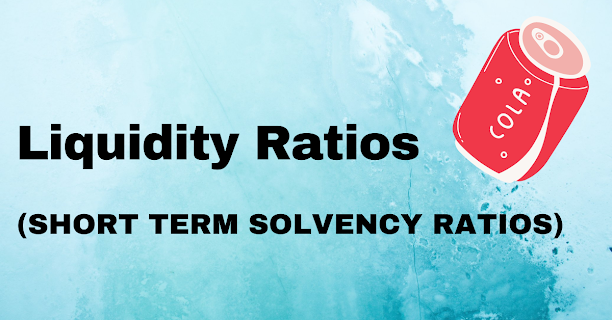Long Term Solvency Ratios (Leverage Ratios)

Leverage Ratios: It focuses on long-term funds used by the businesses business. Its main objective is to measure the long-term solvency of a firm. Capital Structure Ratios: It focuses on Equity funds, debt capital and, preference capital. Its main objective is to find the portion of risky long-term funds. Coverage Ratios: Its main objective is to find whether the firm's earnings are sufficient to cover different charges like interest for debenture holders and dividends for shareholders. Table Of Content Capital Structure Ratios Coverage Ratio Conclusion A. Capital Structure Ratios 1) Equity Ratio This ratio indicates the proportion of owners' funds to the total funds invested in the business. It is also called the propriety ratio. Shareholder's equity = share capital ( both equity and preference ) + Reserve and surplus - Accumulated losses OR, Shareholder's equity = Total assets - current liabilities - long-term debt. If the majority of the fund of the business is...

